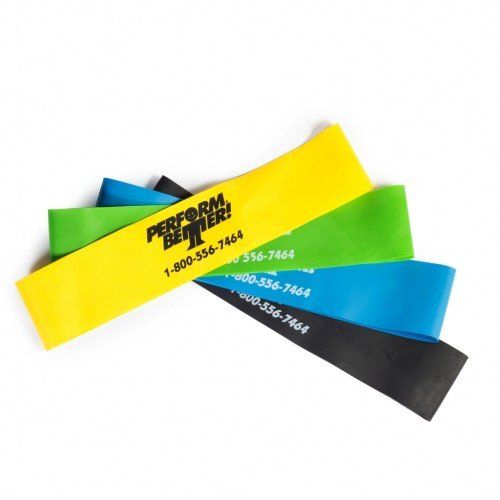Your Personal PT, Rachel Tavel, is a Doctor of Physical Therapy (DPT) and Certified Strength and Conditioning Specialist (CSCS), so she knows how to get your body back on track when it’s out of line. In this weekly series, she gives you tips on how to feel better, get stronger, and train smarter.
Your knees take on a lot of load throughout the day. Whether you’re bending down to pick something up, running up and down the subway stairs to get to work, standing for hours at an event or participating in your favorite high intensity workout, all that pounding the pavement can lead to soreness.
Knee injuries are among the most common type of ailments in runners and other types of athletes. But sometimes it’s hard to know whether soreness in the knees is a real injury or just a sign that your body needs a little tweaking before you get back to regular activity levels.
Sore knees can be caused by many different conditions. Two common causes are patellofemoral pain syndrome (PFPS), or “runner’s knee”, and iliotibial band syndrome (ITBS). Symptoms of PFPS include soreness or a general ache around the knee area, usually without a specific location. ITBS can be felt more at the outer part of the knee or like an ache along the upper thigh. Pain for both of these conditions can be worse when going down declines, walking down stairs, or repeated plyometric activities such as running and jumping.
Often times, knee pain or soreness can be caused by repeated loading of the knee joint using too much resistance with suboptimal body mechanics. Weakness in the hips, muscle imbalances in the quads and hamstrings, and even ankle instability can play a role in symptom production and provocation. But luckily, as long as the knee joint is structurally sound (no ligament or cartilage tears limiting mobility), the right set of exercises should be able to help reduce soreness and get you back on your feet. If pain persists, though, make sure to see a physical therapist or doctor to make sure that there’s nothing seriously wrong.
Your Move: Start by incorporating some glute strengthening exercises to target one of the most important muscles for single leg stability, the gluteus medius. Single leg bridges, lateral walking with a resistance band at your ankles, and side lying straight leg raises (hip abduction) with or without a band around your knees or ankles are all great exercises to strengthen the glutes.

Start with 2 sets of 10 reps of each isolated exercise. For the lateral walking, make sure you take big enough steps that you feel the muscles in the sides of your hips activation. Walk 20 feet in one direction then 20 feet in the other direction to get a good burn going.
Often times tight quadriceps can also contribute to soreness, causing an increased compressive force throughout the patella or kneecap area, and pain with loading it in certain positions. Try foam rolling the quads all around to reduce this tension and promote blood flow to the tissue.
Source: Read Full Article






